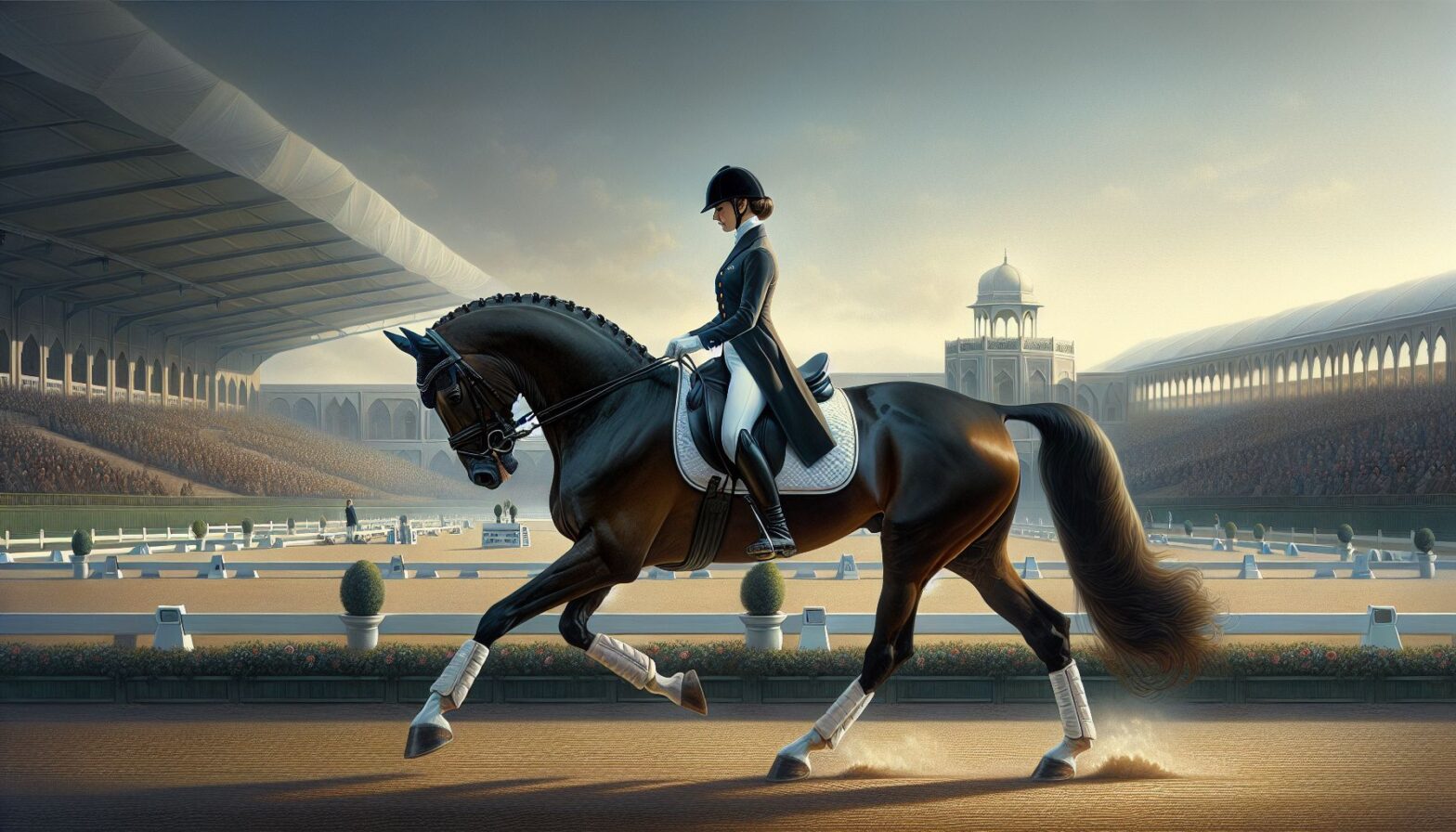So you might have heard of dressage before, but what exactly is it? Is it just fancy riding for posh people in top hats and tails, or is there more to it than meets the eye? Let’s delve into the world of dressage and discover what makes it such a unique and intriguing equestrian discipline.
First things first, let’s get the basics out of the way. Dressage is a French term that translates to “training” in English. It is often referred to as “horse ballet”, and for good reason. In dressage, horse and rider perform a series of intricate movements and exercises with precision, grace, and harmony. The goal is to showcase the horse’s natural beauty, athleticism, and willingness to perform, all while maintaining a seamless connection with the rider.
But dressage is not just about looking pretty in the show ring. It is also about building a strong partnership between horse and rider based on trust, communication, and respect. The training methods used in dressage focus on developing the horse’s physical strength, balance, and flexibility, as well as its mental focus and obedience. This requires patience, consistency, and a deep understanding of equine behavior and biomechanics.
One of the key elements of dressage is the use of aids – subtle cues given by the rider to communicate with the horse. These aids can be given through the rider’s seat, legs, and hands, as well as through voice commands and body language. The goal is to create a language of communication that allows the rider to guide the horse through each movement with finesse and precision.
In dressage, there are a set of standard movements and exercises that riders must perform in a specific order and with a high degree of accuracy. These movements range from simple transitions between gaits, such as walk, trot, and canter, to more complex maneuvers like half-passes, pirouettes, and flying changes. Each movement is judged by a panel of experts based on criteria such as rhythm, suppleness, impulsion, and submission.
So what does it take to become a successful dressage rider? Well, for starters, it requires a great deal of dedication, hard work, and perseverance. Dressage is not something that can be mastered overnight – it takes years of training and practice to develop the skills and techniques needed to compete at a high level. Riders must also have a deep understanding of their horse’s strengths and weaknesses, as well as the ability to adapt their training methods to suit each individual horse.
But perhaps the most important quality of a successful dressage rider is patience. Horses are sensitive and complex creatures, and they require time to develop their physical and mental abilities. Riders must be willing to take things slow, listen to their horses, and always prioritize their welfare above all else. This patient and empathetic approach is what sets apart great dressage riders from the rest.
In conclusion, dressage is a beautiful and challenging equestrian discipline that requires skill, precision, and dedication. It is a sport that celebrates the partnership between horse and rider, and the timeless art of classical horsemanship. So the next time you see a dressage performance, take a moment to appreciate the grace, athleticism, and harmony of these magnificent creatures – and the riders who dedicate their lives to mastering the art of dressage.
